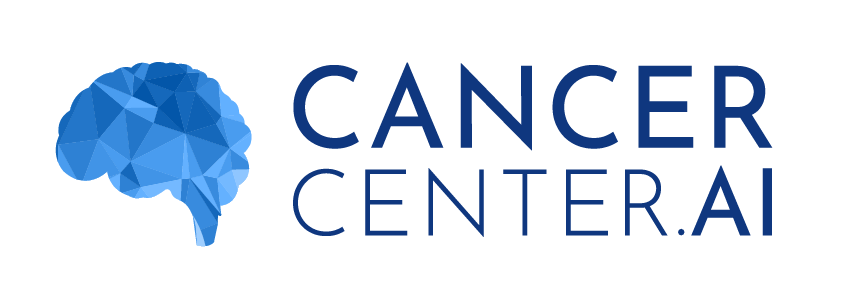
Representative examples of the attention heatmaps generated using Grad-CAM method for (a) COVID-19, (b) CAP, and (c) Non-Pneumonia. The heatmaps are standard Jet colormap and overlapped on the original image, the red color highlights the activation region associated with the predicted class. COVID-19 = coronavirus disease 2019, CAP = community acquired pneumonia. Image courtesy of the journal Radiology
March 20, 2020 — An artificial intelligence deep learning model can accurately detect COVID-19 and differentiate it from community acquired pneumonia and other lung diseases, according to this multi-center study published in the journal Radiology.
COVID-19 has widely spread all over the world since the first case was detected at the end of 2019. Early diagnosis of the disease is important for treatment and the isolation of the patients to prevent the virus spread.
A deep learning model named COVID-19 detection neural network (COVNet), was developed to extract visual features from 4,356 computed tomography (CT) exams from 3,322 patients for the detection of COVID-19. Community acquired pneumonia (CAP) and non-pneumonia CT exams were included to test the robustness of the model.
The per-exam sensitivity and specificity for detecting COVID-19 in the independent test set was 90 percent and 96 percent, respectively.
“We were able to collect a large number of CT exams from multiple hospitals, which included 1,296 COVID-19 CT exams,” the authors wrote. “More importantly, 1,735 CAP and 1,325 non-pneumonia CT exams were also collected as the control groups in this study in order to ensure the detection robustness considering that certain similar imaging features may be observed in COVID-19 and other types of lung diseases.”
Read the study, Artificial Intelligence Distinguishes COVID-19 from Community Acquired Pneumonia on Chest CT.
Read the latest Radiology and Radiology: Cardiothoracic Imaging COVID-19 research at Special Focus: COVID-19.
